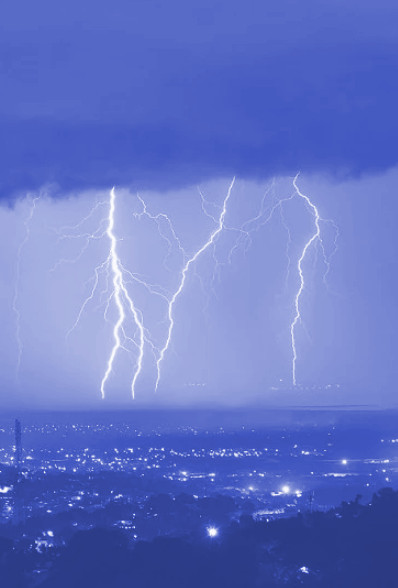BoM slammed amid uncertainty
 With wild weather across the country, armchair experts are attacking the Bureau of Meteorology with renewed fervour.
With wild weather across the country, armchair experts are attacking the Bureau of Meteorology with renewed fervour.
Australia's weather forecasting is facing heightened scrutiny amidst increasingly unpredictable weather patterns.
Experts in the field have offered their perspectives on the complexities of predicting weather.
Andrew Gissing, CEO of Natural Hazards Research Australia, acknowledges the difficulty in disaster response, saying; “By their nature, disasters are extremely tricky to respond to”.
He highlights the evolution of warning messages through research, which has led to the use of “clear, direct language” and “links official warnings to other credible information sources”.
Professor Ian Simmonds from The University of Melbourne clarifies the distinction between unpredictability and variability in weather patterns.
“The dynamics of the atmosphere dictate that the atmosphere becomes more variable as one moves away from the Equator and towards the poles,” he says.
Simmonds points to global warming as a factor increasing atmospheric moisture and variability, saying; “This leads to increased variability and more extremes”.
Milton Speer, a Visiting Fellow at the University of Technology Sydney, comments on the forecasting difficulties of severe weather, saying; “These flash-flood-producing thunderstorms are difficult to forecast at the best of times”.
Global warming and the Southern Annular Mode play a role in these challenges too, he says.
“These atmospheric circulation changes that produce such deep atmospheric moisture so far south in summer are a sign of global warming.”
Professor Roger Stone, a climate science expert, points to the unique patterns of severe El Niños, saying; “The current pattern in the upper atmospheres over the Pacific and Indian Oceans is remarkably similar to that in 1997/98”.
Stone critiques the performance of forecasting systems during these events, suggesting that “BoM’s seasonal climate forecast system...I'm not sure it did so well’.
Professor Christian Jakob, Director of the ARC Centre for the Weather of the 21st Century, also notes the probabilistic nature of weather forecasting.
“Forecasts beyond a few days, including those for El Niño, are by their nature probabilistic… evaluating the quality of a probabilistic forecast on a single event cannot be done.”








 Print
Print